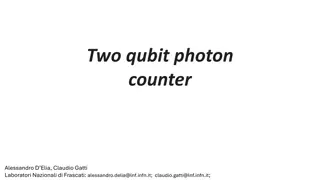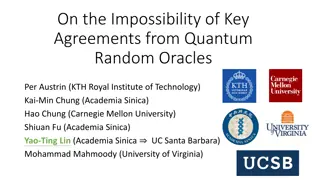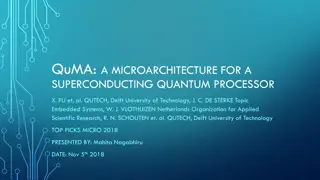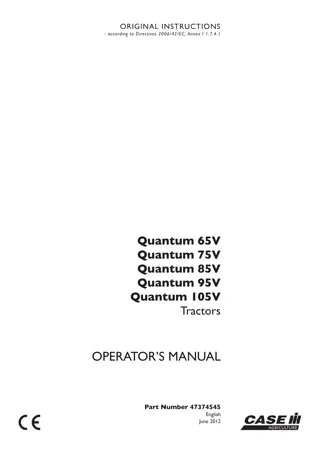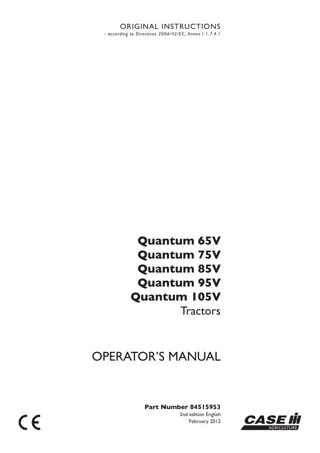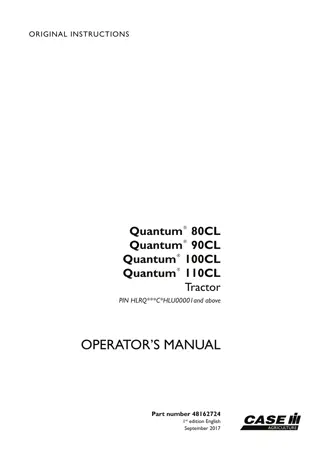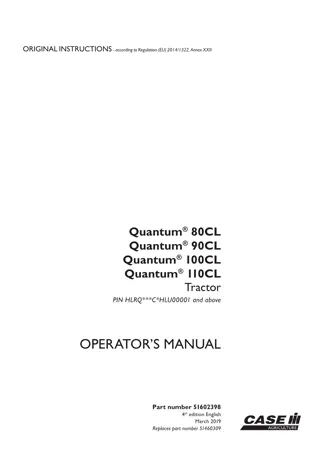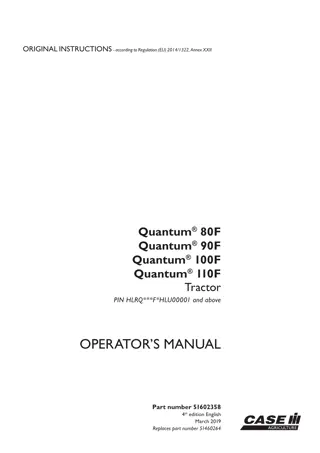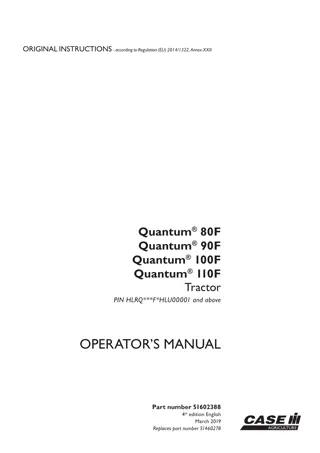On the emergence of Irreversibility in Quantum Systems
The emergence of irreversibility in physics, particularly in quantum systems, poses a fundamental challenge due to the tension between irreversible phenomena and time-reversal symmetry. Constructor theory offers a framework to express irreversibility as the asymmetry between possible transformations and their inverses. This concept is exemplified through tasks and their transpositions, highlighting the limitations in performing certain tasks in a reversible manner. Key discussions involve Joule's experiment, quantum states, and the measures of deterioration in performing tasks accurately over repeated usages.
Download Presentation

Please find below an Image/Link to download the presentation.
The content on the website is provided AS IS for your information and personal use only. It may not be sold, licensed, or shared on other websites without obtaining consent from the author.If you encounter any issues during the download, it is possible that the publisher has removed the file from their server.
You are allowed to download the files provided on this website for personal or commercial use, subject to the condition that they are used lawfully. All files are the property of their respective owners.
The content on the website is provided AS IS for your information and personal use only. It may not be sold, licensed, or shared on other websites without obtaining consent from the author.
E N D
Presentation Transcript
On the emergence of Irreversibility in Quantum Systems Marco Genovese Quantum Hiking 2022 EU FET Open project - Pathos
INRIM QUANTUM OPTICS GROUP Carlo Novero lab 10 quantum optics labs Permanent staff: M.G., A. Avella, E.Bernardi, I. Degiovanni, M.Gramegna, A.Meda, , E. Moreva, F. Piacentini, I.Ruo Berchera, F.Saccomandi, P. Traina Non-permanent staff: P.Boucher, L.Knoll*,C.Napoli, E. Rebufello, S. Virz PhD students: M.Flaks, G.Ortolano, A.Paniate, G.Petrini, F.Picariello, Priyasheel, C.Stella EU EMPIR project Polight V. Vedral C. Marletto Oxford Univ. , NSU EU FET Open project - Pathos
The emergence of irreversibility from time-symmetric physical laws is a central problem in contemporary physics. Several approaches to irreversibility in physics: Statistical mechanics methods Information-theoretic descriptions of logically irreversible tasks Classical and quantum thermodynamics second laws In all such cases -> tension arises between the laws describing irreversible phenomena, and the time-reversal symmetry of microscopic dynamics. Here we express irreversibility, in the frame of constructor theory, as the requirement that a transformation is possible, while its inverse is not.
Joule's experiment a volume of water can be heated up by mechanical means only, but it is impossible to cool it down by the same means Constructor theory, [C.Deutsch and C.Marletto, R.Soc.Pub. July 2014] A few definitions A task T is the specification of a physical transformation on qubits Transposed task
We will label the substrate qubit on which T is defined as Q, and the rest of the qubits as R. A constructor for T on Q is some subsystem of R enabling T, without undergoing any net change in its ability to do it again. A task is possible if there is no physical constraint on the accuracy to which a constructor can perform it, and impossible otherwise. Constructor-based irreversibility is defined as the fact that, while T is possible, its transpose T is not. For a fixed task T on Q and an > 0, we define the set of quantum states of R that can perform T to accuracy 1
We must now introduce a measure of how the system can perform T after n- repeated usages to accuracy 1- -> Relative deterioration after n usages i) is not empty ii)
[from Marletto, Violaris, ArXiv 2205.11310] One can have entanglement between system and machine after performoing task T -> for the task T~ to be possible: any system with the attribute y should be transformed in the one with attribute x By unitarity But
Lets consider a quantum homogeneizer [M.Ziman et al., PRA 65, 042105 (2002)] The machine performs perfectly the task for large N -> condition (i) is satisfied
Consider the special case where x and y are, respectively, a pure and a maximally mixed state. For small Good constructor for T T being possible and the assumption of time-reversal symmetric laws do not imply that T~ must also be possible. This makes constructor-based irreversibility compatible with time-reversal symmetric laws under unitary quantum theory.
Constructure irreversibility at work: an experimental example SPSG.Brida et al., Opt. Expr. 19, 1484- 1492 (2011); Appl. Phys. Lett. 101, 221112 (2012).
SMF 10x1x10 mm PPLN Dichroic mirror IF FC CW laser pump 532 nm /4 IF /2 1550 nm FC 810 nm /4 SMF Time-tagging electronics Si-SPAD FPGA InGaAs SPAD 2 InGaAs SPAD 1 Pulse Generator O S SMF SMF FBS4 FBS5 System 1x4 switch PS2 PS3 PS1 Hom 1 Hom 2 Hom 3
Pure to mixed Mixed to pure
Our experimental results demonstrate that: the homogenizer implementing T always outperforms its counterpart for the reverse task T , the machine for T suffers a much higher degradation than the one realizing T ultimately not satisfying condition (ii) and thus failing to be a constructor.
Conclusions Constructor theory provides a tool for explaining irrerversibility in QM We performed an experiment showing this scheme at work.



